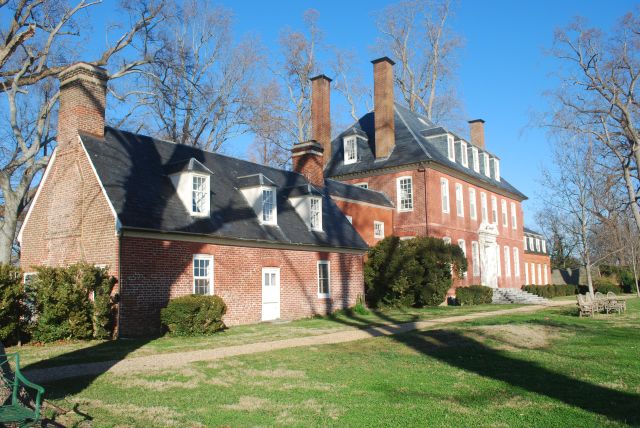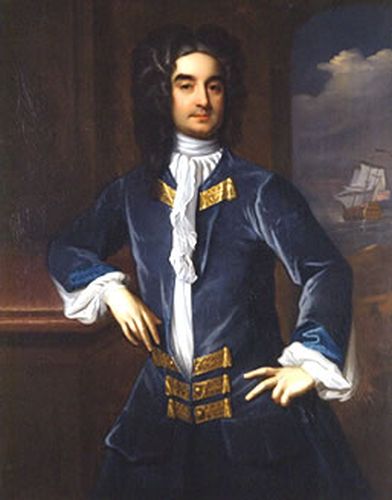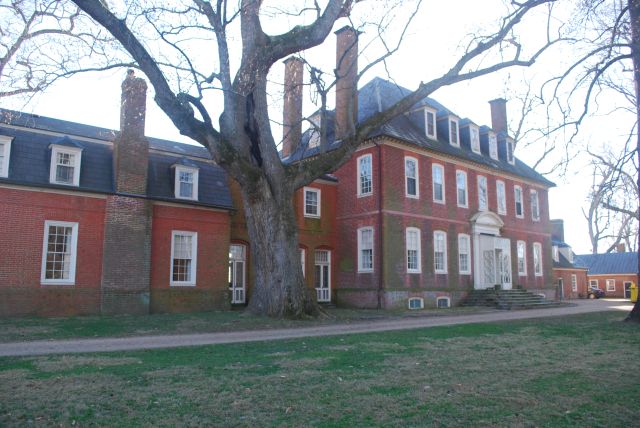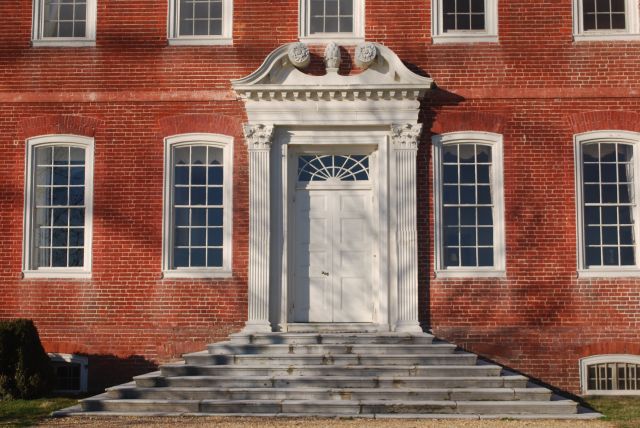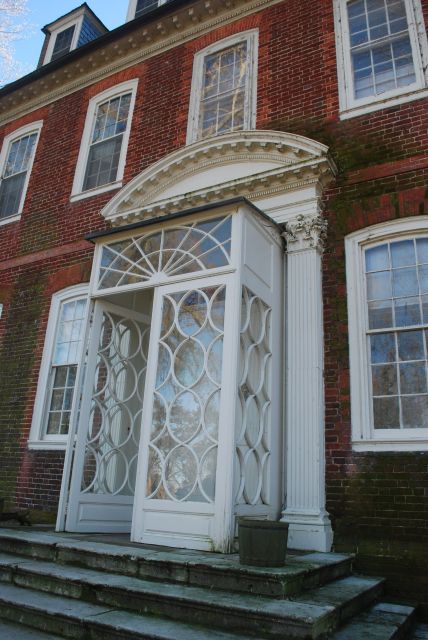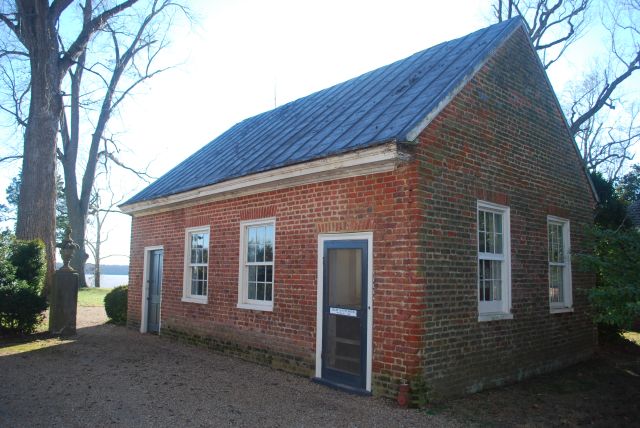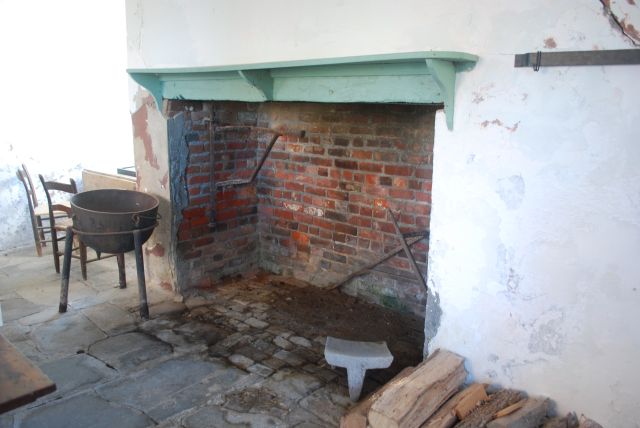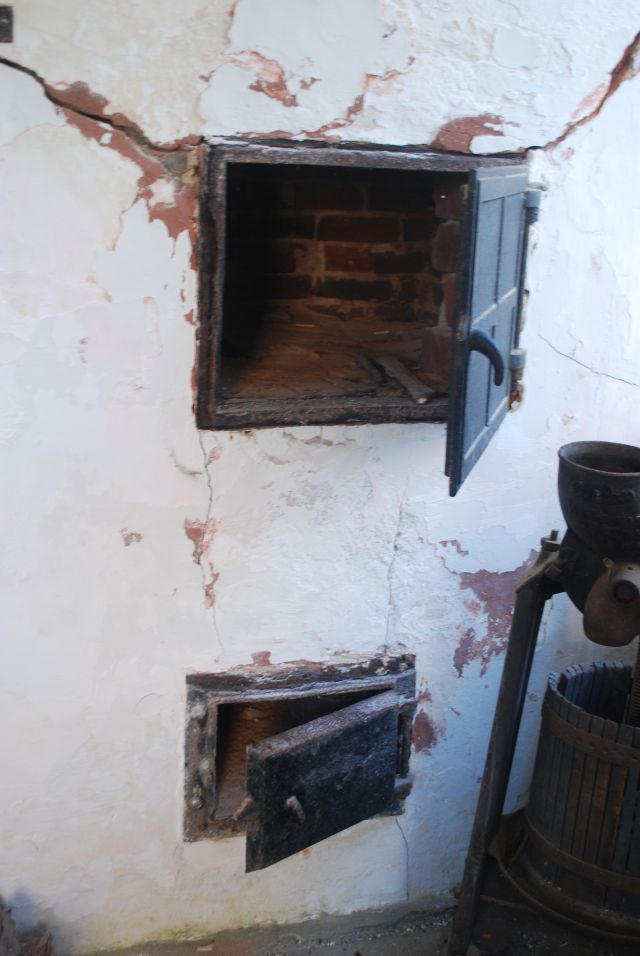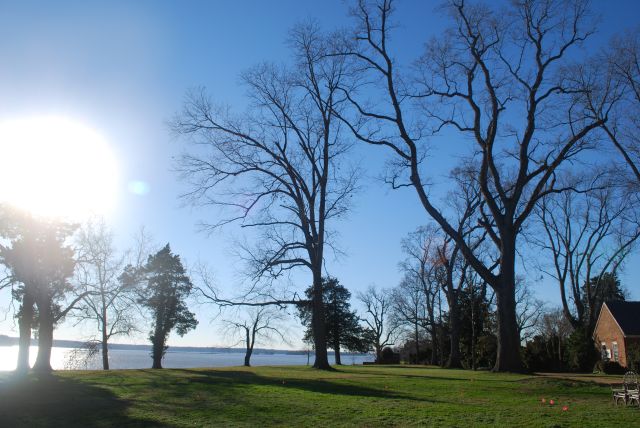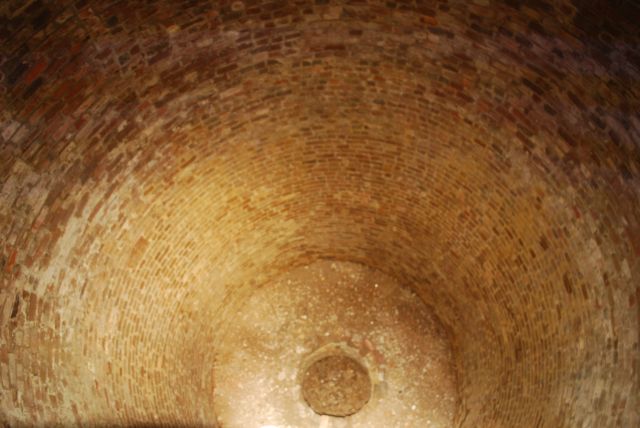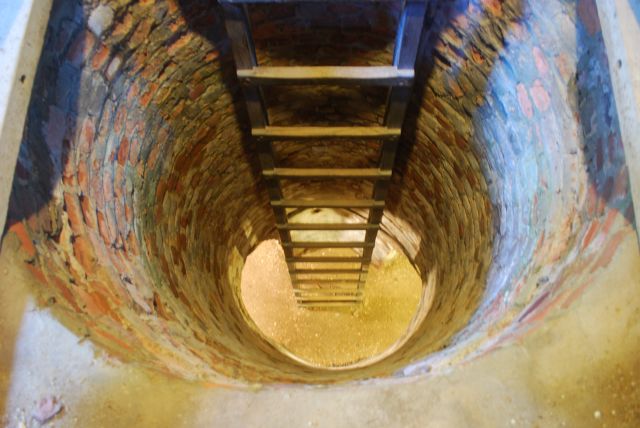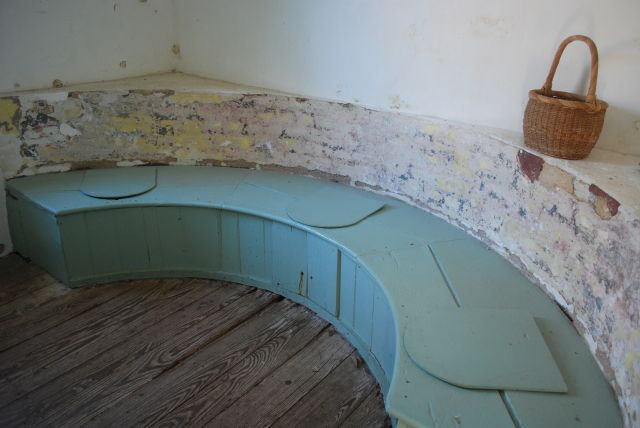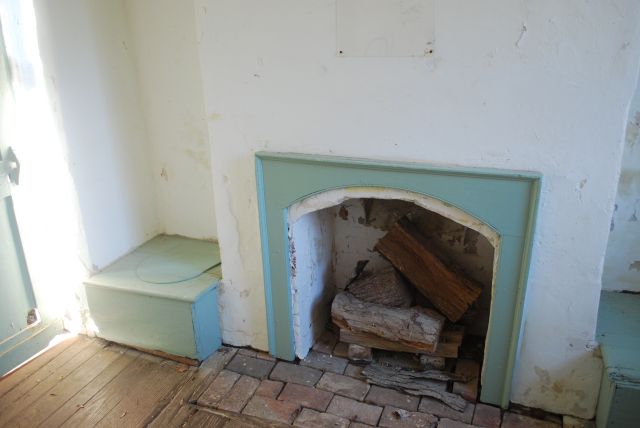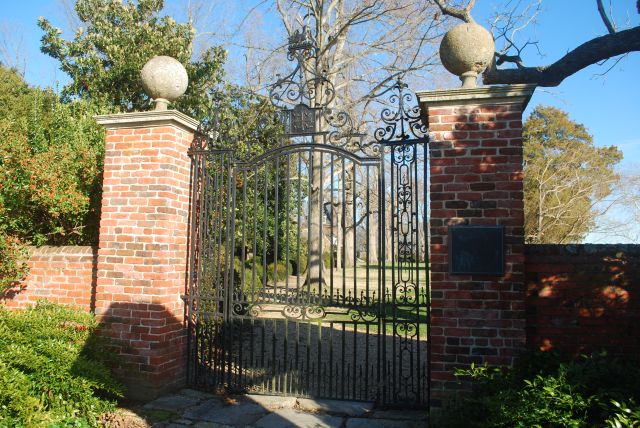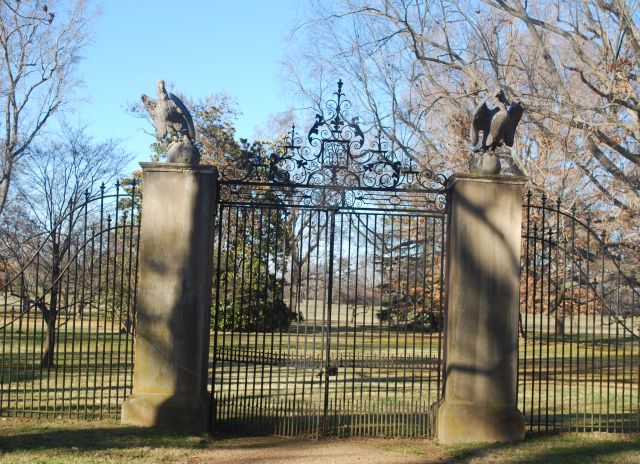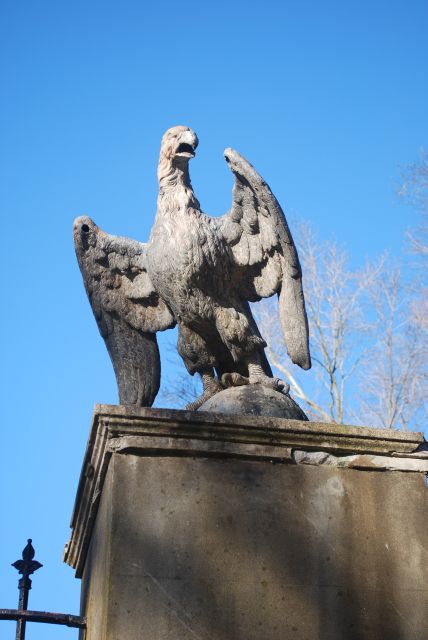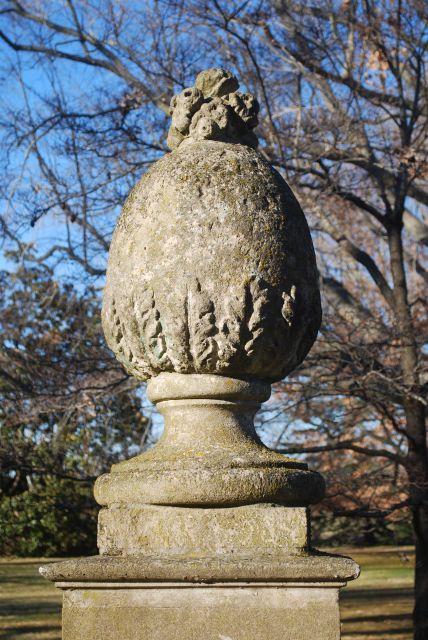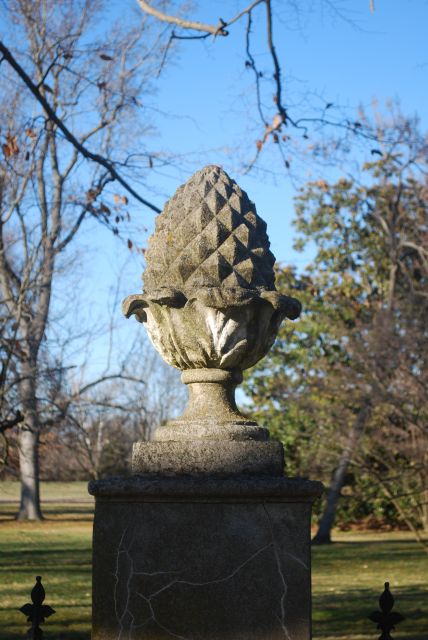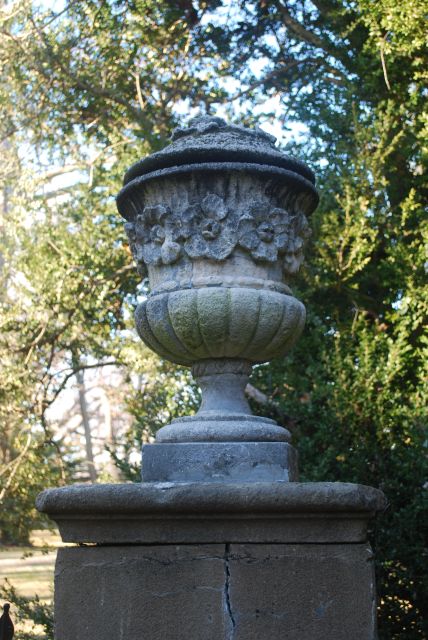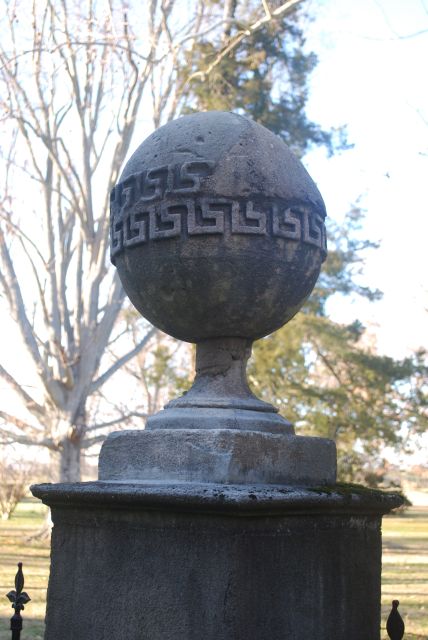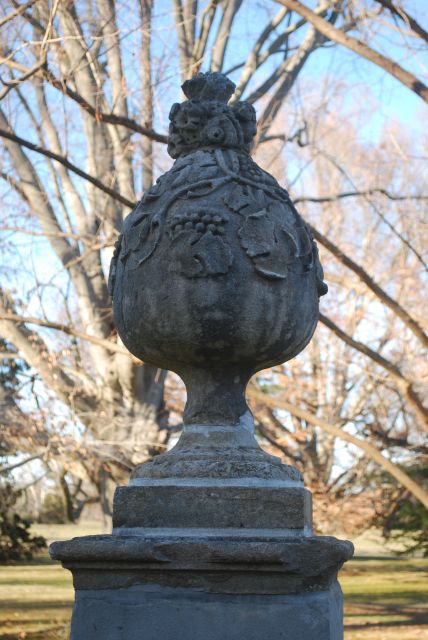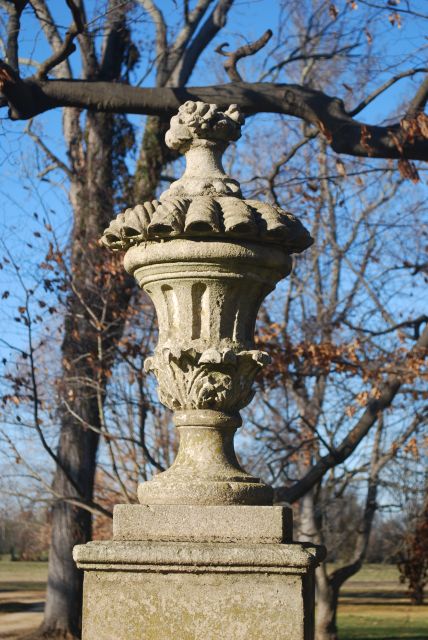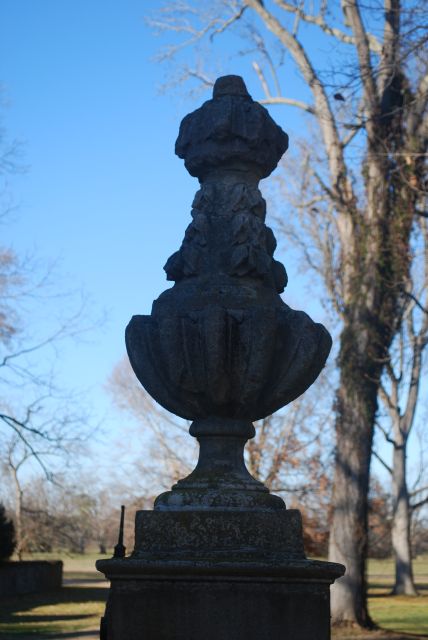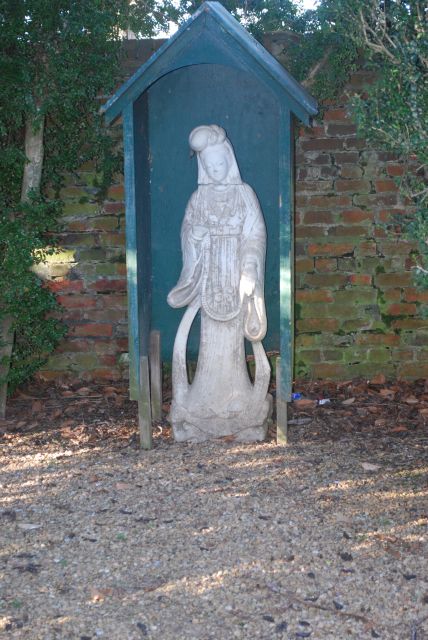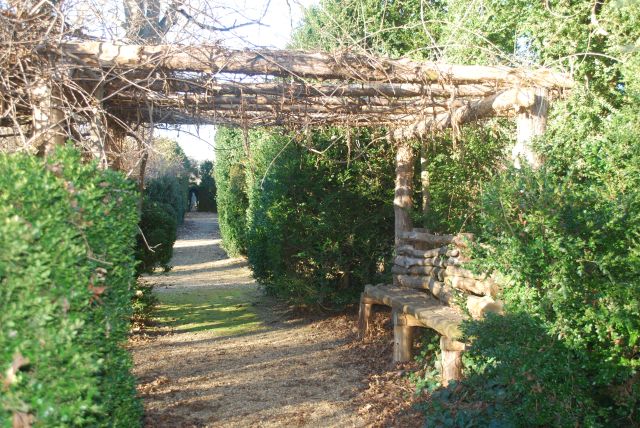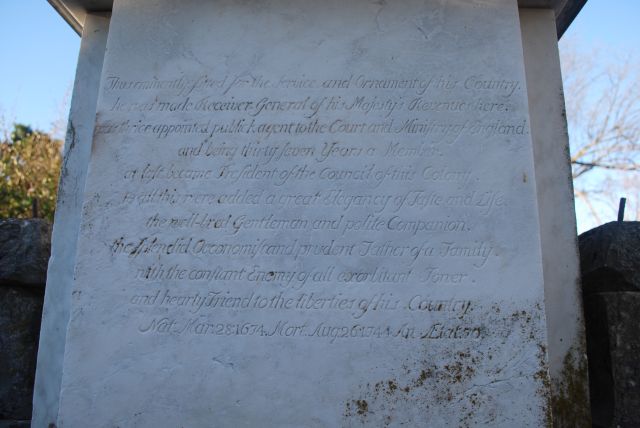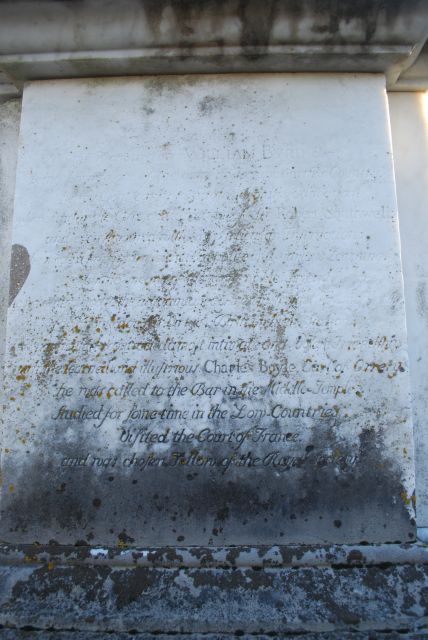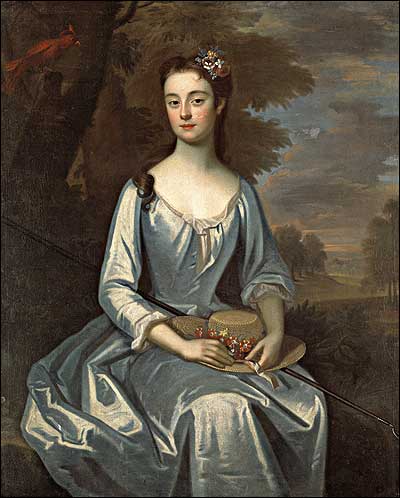Westover Plantation
Along the James River, near Williamsburg lays several plantations. One of these grand estates is Westover Plantation. A beautiful Georgian style mansion with numerous Tulip Poplars Trees sits quietly on the banks of the James River and is considered the seat of the Byrd Family of Virginia. Known for its secret passages, magnificent gardens and architectural details.
The first owner of Westover was Sir John Pawlett. He sold the plantation in 1665 to Theodorick Bland for 170 pounds. Bland would live on the property until his death in 1671 and would be buried in the chancel of the original Westover Church which he help build. His eldest son, also known as Theodorick and his brother, Richard would jointly inherit the plantation. In 1688 with 1,200 acres of property, the brother would sell the plantation to William Byrd I for 300 pounds and 10,000 pounds of tobacco and cask.
The Georgian style mansion is thought to have been built by William Byrd III in the 1750. It was first thought to have been built in 1730 by his father, William Byrd II, founder of Richmond, but after testing was conducted on boards and planks of the house, it was shown to be dated later in the 1750s. The plantation was named for Henry West, fourth Lord Delaware and son of Thomas West, Governor of Virginia.
Like the other plantations along the James River, Westover was first devoted to the cultivation of tobacco, the major commodity of colonial Tidewater Virginia. The Byrd family depended on the labor of hundreds of enslaved Africans, as tobacco was a labor-intensive crop. The original grounds included slave quarters, and slaves served also as domestic servants and skilled artisans of many types. As tobacco cultivation exhausted the soil, in the 19th century planters shifted to mixed crops.
After the death of William Byrd III’s widow in 1814, Westover was sold out of the Byrd family.
During the American Civil War, Major General George B. McClellan was headquartered at nearby Berkeley Plantation; McClellan’s protégé, General Fitz John Porter was stationed at Westover with his troops. Legend has it that Westover’s East wing was hit by a cannon—intended for Union troops—shot by Confederate soldiers on the south side of the James. The wing caught fire and lay in ruin until Mrs. Clarise Sears Ramsey, a Byrd descendent, purchased the property in 1899. She was instrumental in modernizing the house, rebuilding the East wing and adding hyphens to connect the main house to the previously separate dependencies, thereby creating one long building.
The house is considered one of the most outstanding example of Georgian architecture in America. Of special notice is the unusually steepness of the roof, the tall chimneys in pairs at both ends. Another special touch is the elaborate doorway, which continues to be recognized as “the Westover doorway” despite its adaptation to many other buildings.
The special charm of the house lies in its elegant yet extremely simple form and proportions, combined with its perfect setting in the landscape, the essence of the artistic ideals of its period adapted to the style of living in Colonial Virginia.
The two wings were originally identical and not connected to the three-story central structure. The east wing, which once contained the famous Byrd library of more than 4,000 volumes, burned during the War Between the States.
The present east wing was built about 1900, and both wings were connected to the main home at that time.
The shady tulip poplars framing the building are more than 150 years old. “Ancient” is the best word to describe the boxwood hedges which enclose the lawn.
Dry Wall with tunnels
Just east of the house are the ice-house and a small structure containing a dry well with passageways which led under the house and to the river, as an escape from the Indians. Across the driveway from the ice-house is the Necessary House.
Westover Plantation
Necessary House
(Outhouse)
Turning from the river to the north side of the house, the visitor will find the famous Westover gates, with William Evelyn Byrd’s initials incorporated in the delicate ironwork. The lead eagles on the gateposts are a play on the name “Byrd.” The pillars of the iron clairvoyee on the north side of the house are capped with icons of virtue:
Continuing to circle the house, the visitor will come to the formal gardens, which were re-established about 1900. At the center, where the paths cross, is the handsome tomb with its interesting epitaph honoring the colorful William Byrd II, “Black Swan of Westover,” who was buried there in 1744.
Tombstone of William Byrd III
Located in the Formal Garden
His epitaph begins on the north side of the monument:
Here lyeth the Honourable William Byrd Esq being born to one of the amplest fortunes in this country he was sent early to England for his education where under the care and instruction of Sir Robert Southwell and ever favored with his particular instructions he made a happy proficiency in polite and various learning; by the means of the same noble friend he was introduced to the acquaintance of many of the first persons of that age for knowledge, wit, virtue, birth, or high station, and particularly attracted a most close and bosom friend-ship with the learned and illustrious Charles Boyle Earl of Orrey. He was called to the bar in the Middle Tem-ple, studied for some time in the low countries, visited the court of France and was chosen Fellow of the Royal Society.
It continues on the south side:
Thus eminently fitted for the service and ornament of his Country, he was made Receiver general of his Majesty’s revenues here, was thrice appointed publick agent to the Court and ministry of England, and being thirty-seven years a member at last became President of the council of this Colony to all this were added a great elegancy of taste and life, the well-bred gentleman and polite companion the splendid Oeconomist and prudent father of a family with the constant enemy of all ex-horbitant power and hearty friend to the liberties of his Country, Nat: Mar. 28 1674 Mort. Aug. 26 1744 An. AEtat 70.
His daughter, the beautiful and tragic Evelyn Byrd, is buried near the original site of Westover Church, up the river a quarter-mile west of the house. There also are buried Theodorick Bland, from whom William Byrd I bought the Westover property in 1688; William Byrd I and his wife, the former Mary Horsemanden; and other distinguished early Virginians. Here also, according to some historians, is the third oldest known tombstone in America–that of Captain William Perry, who died August 6, 1637. The arms and epitaph engraved on this stone have been effaced by the elements in recent years.
One last story, that of Evelyn Byrd, daughter of William Byrd II. When Evelyn was young, she was considered to be an intelligent, but spoiled child. When she turned ten, her father sent her to England to be schooled. It was during this time that she fell in love with a man, many historians believe to be Charles Morduant. But her father was adamantly against the relationship. He told Evelyn,
“As to any expectation you may fondly entertain of a fortune from me, you are not to look for one brass farthing… Nay besides all that I will avoid the sight of you as a creature detested.”
So reluctantly, Evelyn returned to Westover in 1725. But she never forgot her lost love. In 1737, Evelyn passed away from what most say was a broken heart.
Read about more Historic Virginia Homes
located under our
” Year of the Virginia Historic Homes”
See more pictures of other Virginia Historic Homes
on our Facebook Fan Page!







